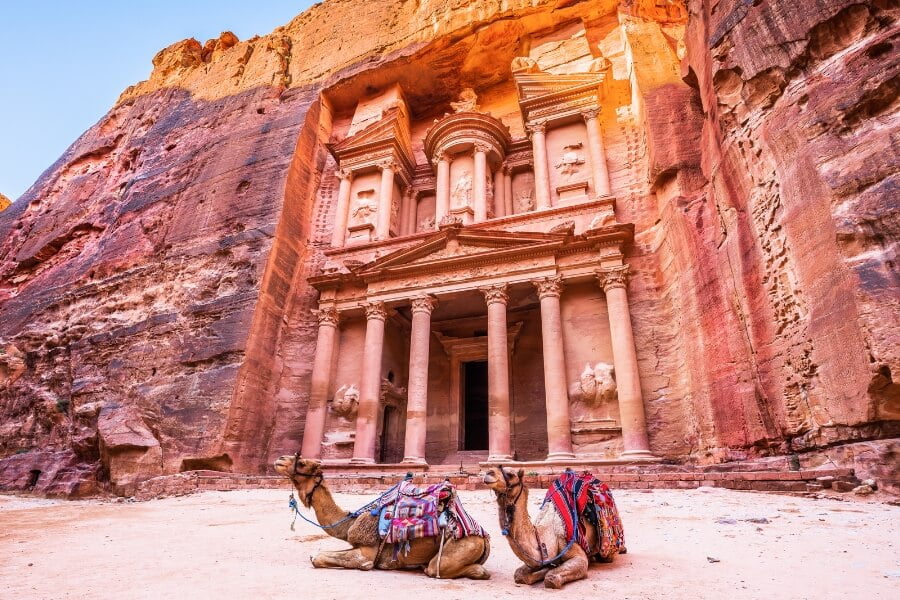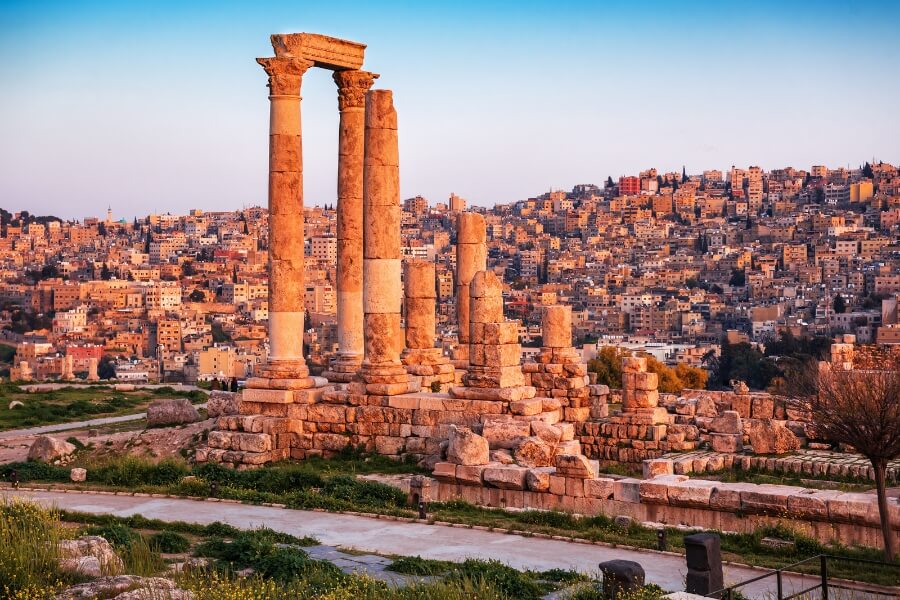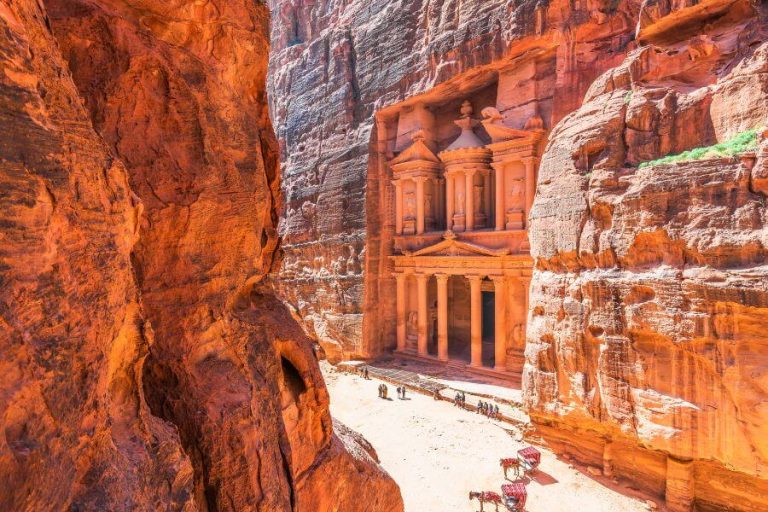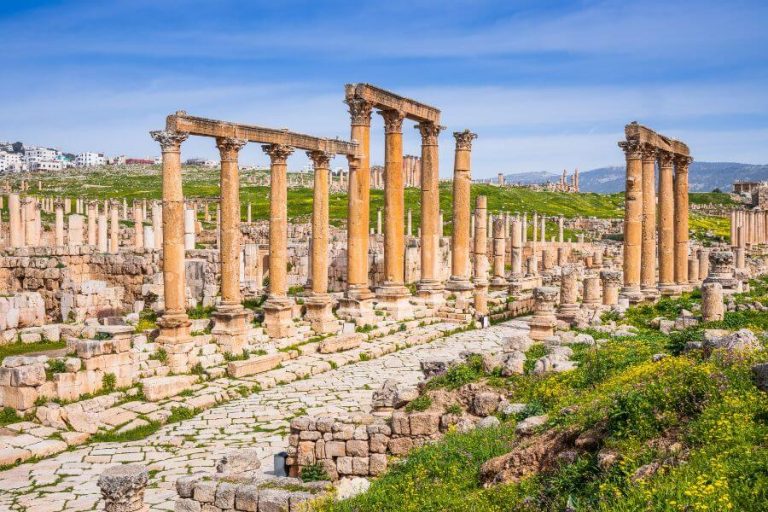What is the best time to visit Jordan?
The Perfect Time to Visit Jordan: A Comprehensive Guide
When it comes to visiting the enchanting land of Jordan, timing is everything. With its rich history, stunning landscapes, and vibrant culture, this Middle Eastern gem is a must-visit for any traveler. However, selecting the ideal time to explore Jordan can greatly enhance your experience, making it the trip of a lifetime. In this blog post, we will delve into the best times to visit Jordan, taking into account factors such as weather, crowds, and events, so you can plan the perfect Jordanian adventure.
Section 1: Climate and Weather Considerations
1. General Climate of Jordan
Jordan’s climate is mainly characterized by a Mediterranean pattern, with hot, dry summers and cool, wet winters. It is important to consider the different regions’ climate variations, as the country comprises a mix of deserts, mountains, and coastal areas. Here is a general breakdown of Jordan’s climate:
- Summer (June to August): Hot and dry, with temperatures ranging from 30°C to 40°C (86°F to 104°F).
- Autumn (September to November): Mild and pleasant, with temperatures ranging from 20°C to 30°C (68°F to 86°F).
- Winter (December to February): Cool and wet, with temperatures ranging from 5°C to 15°C (41°F to 59°F).
- Spring (March to May): Warm and comfortable, with temperatures ranging from 15°C to 25°C (59°F to 77°F).
Section 2: Crowds and Tourist Traffic
2. Peak and Off-Peak Seasons
When planning your trip to Jordan, it is crucial to consider tourist traffic to make the most out of your visit. The peak season for tourism in Jordan is between March and May when the weather is most pleasant. During this time, popular sites such as Petra and Wadi Rum can become quite crowded, with long queues and limited accommodation options.
The off-peak season, on the other hand, is from December to February. While the weather is cooler and wetter, there are significantly fewer tourists, which means you can enjoy popular sites without crowds. However, be prepared for potential closures of certain attractions due to inclement weather.
Section 3: Events and Festivals
3. Major Events and Festivals in Jordan
Experiencing local events and festivals can add a unique dimension to your Jordanian adventure. Some of the country’s most significant events include:
- Amman International Marathon (April): A major sporting event that attracts international runners and promotes peace and friendship.
- Jerash Festival (July): A two-week-long cultural festival held in the ancient city of Jerash, showcasing traditional Jordanian music, dance, and art.
- Jordan Rally (October): A thrilling motor racing event that takes place in the scenic Jordanian desert.
Tours and Activities in Jordan

Traveling in Jordan is a unique and unforgettable experience, as it combines ancient history, breathtaking landscapes, and warm, welcoming culture. The country boasts numerous iconic sites, such as Petra, the rose-red city and one of the New Seven Wonders of the World; the Dead Sea, the lowest point on Earth with therapeutic waters and mud; Wadi Rum, a magnificent desert landscape with towering cliffs and natural rock formations; and Jerash, an ancient Roman city with well-preserved ruins.
To make the most of your Jordanian adventure, we highly recommend One Nation Travel. They offer a variety of tailor-made Jordan tours that cover the best of Jordan, including Petra, the Dead Sea, Wadi Rum, and Jerash. Their experienced guides and well-planned itineraries ensure you have a hassle-free and memorable journey, allowing you to fully immerse yourself in the wonders of this remarkable country. Trust One Nation Travel to provide the ultimate Jordan experience, leaving you with memories that will last a lifetime.
Conclusion
In summary, the best time to visit Jordan is during the shoulder seasons of September to November or late February to early March. During these periods, you can expect fewer tourists and more availability of accommodations, while still enjoying mild temperatures. Additionally, consider planning your trip around local events and festivals to fully immerse yourself in Jordanian culture. With careful planning and an awareness of the factors discussed in this guide, you can create a memorable and enjoyable Jordanian adventure.





